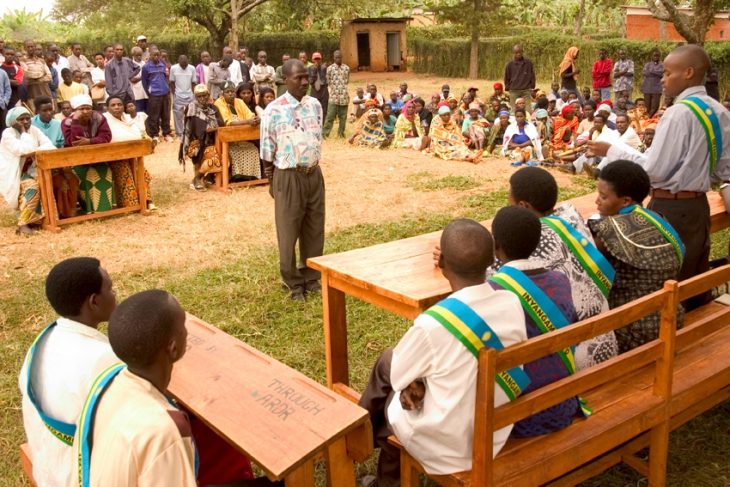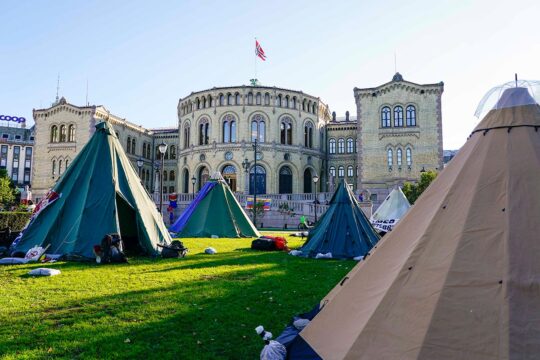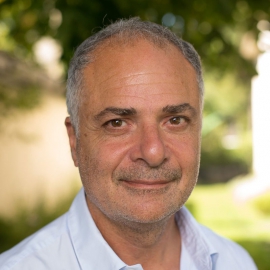What was to be done with 120,000 suspected genocide perpetrators? That was the terrible question facing Rwanda after the 1994 genocide. Hence its introduction of village courts known as gacaca and policies of forgiveness. After Burundi last week, we this week continue our series on forgiveness with a look at the experience of Rwanda. Next week we will look at the International Criminal Tribunal for the former Yugoslavia.
When Burundi’s parliamentarians passed a law in May 2014 to set up a Truth and Reconciliation Commission, they were well aware of what had been happening in their northern neighbour Rwanda, the way the issue of punishing genocide perpetrators was handled there and the use of statements of repentance and forgiveness. They were, however, in a more complex position because, ever since independence, massacres of Hutus and Tutsis in Burundi seemed to have balanced out in a kind of macabre equation. After the genocide in Rwanda and the Burundi peace accords in 2000, the two countries chose radically different paths to deal with relations between their two main ethnic groups.
The Rwandan authorities under President Paul Kagame, whose Rwandan Patriotic Front (RPF) rebels put an end to the Tutsi genocide in 1994, declared that Rwanda is now a post-ethnic society. References to ethnic belonging officially no longer exist and have been removed from identity cards and other official documents. The Arusha peace accords for Burundi opted for a directly opposite path, recognizing the existence of these communities and introducing a quota between the two groups (60% for Hutus and 40% for Tutsis) in government jobs and the army.
It was against this background that the Rwandan authorities formulated policies of punishment, forgiveness and repentance. It should be remembered that those presumed “most responsible” for the genocide were tried in Arusha by the International Criminal Tribunal for Rwanda (ICTR), others were tried by Rwandan courts, but for about a decade there were some 120,000 genocide suspects languishing in Rwandan jails without trial. Evidence suggests it would have taken at least another ten years to give all these people a fair trial.
Justice on the grass
Following the genocide, which was orchestrated by Hutu extremists but carried out by tens of thousands of Hutu peasants, the Rwandan authorities set up “gacaca” (literally meaning “grass”) village courts. In other words, they used traditional village justice but adapted it substantially so as to allow hearings and trials of genocide perpetrators and accomplices, who were classified according to the seriousness of their crimes.
Rwanda’s gacaca law encourages genocide perpetrators to “confess, plead guilty, express repentance and ask forgiveness for their crimes before the gacaca court”.
It said guilty pleas were to conform with criteria clearly set by the law: “The request for forgiveness is addressed publicly to the victims, if they are still alive, and to Rwandan society. To be receivable as a plea of guilt, repentance and apology, the suspect’s declarations must contain:
1. a detailed description of everything relating to the crime confessed, including the place and date it was committed, how it was committed, the names of witnesses, victims and the place where the bodies were put, as well as any property that was damaged;
2. information on co-perpetrators and accomplices, as well as any other information of use to the exercise of public action;
3. apologies presented by the person requesting forgiveness for the crimes he/she has committed
Responsibility is then put on the gacaca courts to “verify” whether these expressions of guilt are well-founded. Article 72 of the gacaca law provides for different sanctions for those who ask for forgiveness and those who refuse to do so:
“Accused persons belonging to the first category (the most serious crimes) who refuse to confess, plead guilty, repent or ask forgiveness, as stipulated in Article 54 of the organic law, or whose requests for forgiveness have been rejected, are subject to the death penalty or life in prison.” (the death penalty was abolished in 2007)
“Accused persons belonging to the first category who have confessed, pleaded guilty, repented or asked for forgiveness, as stipulated in Article 54 of the organic law, are subject to a prison sentence of twenty-five (25) to thirty (30) years in prison.”
Calls to repent
As we have seen, genocide perpetrators were strongly encouraged to express repentance in public, which was the condition for getting a reduced sentence. That was the price they had to pay to return, either immediately or in a while (depending on the gravity of their crimes) into society. It was not a question here of looking into the real reasons and feelings behind requests for forgiveness. Whether it was sincere or opportunist did not interest the Rwandan legislator, the only thing that counted was a public statement that would thus also confirm official history.
Confessions, in order to be deemed exhaustive enough to allow the freeing of the confessor, also led in numerous cases to confessors accusing their neighbours unjustly.
They had to give a list of all their co-perpetrators and accomplices, and in order to convince the judges or juries, they had to give as many names as possible. Religious leaders urged genocide perpetrators to repent and victims to grant their forgiveness, at the risk that these pardons – both the request and granting – were superficial.
Victors’ justice?
Opinions about gacaca vary. Criticism came from two opposite camps. Some people, including some survivors, thought genocide perpetrators got off too lightly, with opportunistic confessions that often got them freed immediately, albeit after some ten years already in jail. Some people, on the other hand, consider that the gacaca courts were victors’ justice set up by an authoritarian regime and not given a mandate to try “revenge” (i.e. RPF) crimes. In any case, requests for forgiveness and gacaca were the solution the Rwandan authorities chose to reinsert into society thousands of men and women who had been active agents of genocide.







